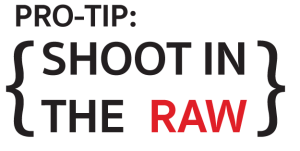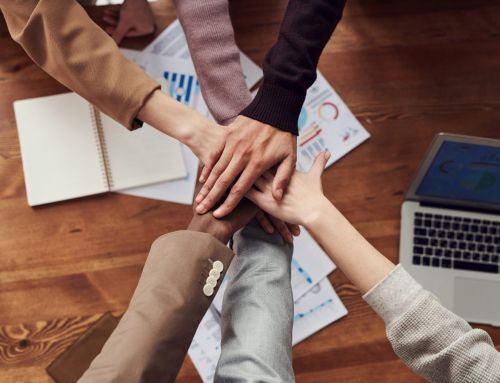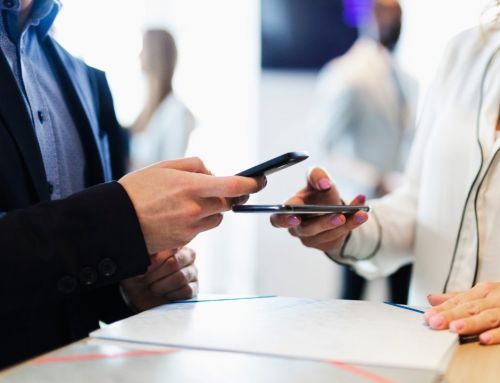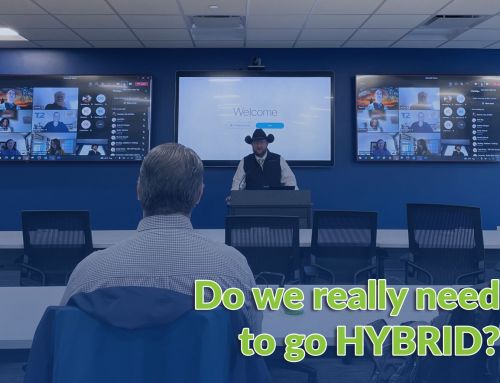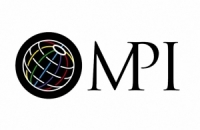I can’t say that New Year’s resolutions are really my thing. I think there is just so much happening at the end of the year that the New Year just seems to sneak up on me. That’s my excuse anyhow. This year I’m hoping for a change. I noticed a hole in our company and want to see if I can help fill it. I bought myself a new camera. A new, fancy camera with lots of bells and whistles that I know nothing about. My resolution is to learn how to use it – help fill that hole for our company, so we can save your (our client’s) budget for “mission based” items rather than spending it on event photographers. Event photographers can get expensive and since we do our conferences and meetings all over the country we never build a relationship with photographers – thus never really getting exactly what we were looking for. So, I suppose researching and blogging on the topic is a step in the right direction.
Lucky for me, I have a couple of professional photographers in my circle of friends so I was able to pick their brains. I’ve also organized a number of photo shoots so I know how hard it can be to get great shots. I’ve just never been on the other side of camera at an event.
Here is what I’ve learned so far:
- Research the venue before the event. You’ll want to know the lighting situation, the size of the rooms and how to efficiently navigate the venue if there are concurrent sessions. If you wait to do this research at the event, you’ll be wasting valuable time and you may not have the best equipment for the job.
- Make a list of the “must have” shots. It is always a huge disappointment when you pull off an awesome event only to realize that you forgot to take any photos. Make your list in advance and add it to your agenda so you don’t forget in the heat of the moment. Here is a good LIST to start with from a previous post “Event Photographer Needed”.

- Both staged shots and candid shots are important. Photos are utilized in such a variety of platforms; websites, social media, print publications, blogs, etc. Even if the staged group shot turns out great, it won’t work for all marketing. Make sure you include as many different people in your photo shoot and also a variety of shots.
- You will need to move quick. A good rule of thumb is three clicks and done. Most likely you will get plenty of material to work with without being intrusive. Also, stay low. You can get that great close up shot with your wide angle lens, just stay low so nobody has to look at the back of your head for too long.

- Beware of shooting during lunch (or any meal). Another good rule of thumb, once the plates are full, focus on the stage. Nobody wants their picture taken with a mouth full of food.
I realize these are just the basics, the tip of the iceberg, but I know more now than I did in 2015. Hopefully by the time 2017 rolls around, I’ll have at least a few amazing event photos to add to the Meetings Northwest portfolio.
Have any other tips for me? I would love to hear them and put them to use!
About the author:
Amy Lucke decided long ago, she would never stray far from the mountains and rivers of Montana. She loves sharing the outdoors with her two kids and spends most summer weekends in a 3-person tent with her four person family. She feels fortunate that she gets to write, create and collaborate with the smart and talented women of Meetings Northwest. Little known fact: She once traveled for 4 months on an around-the-world plane ticket.
Equipment Essentials:
Digital SLR
Portrait Lens
Wide-Angle Lens
External Flash
Off-Camera Flash
Tri-pod
Batteries & more batteries
Battery Pack for Flash
Flash Bracket (reduce red-eye)
Camera Memory
Photo Back-up
